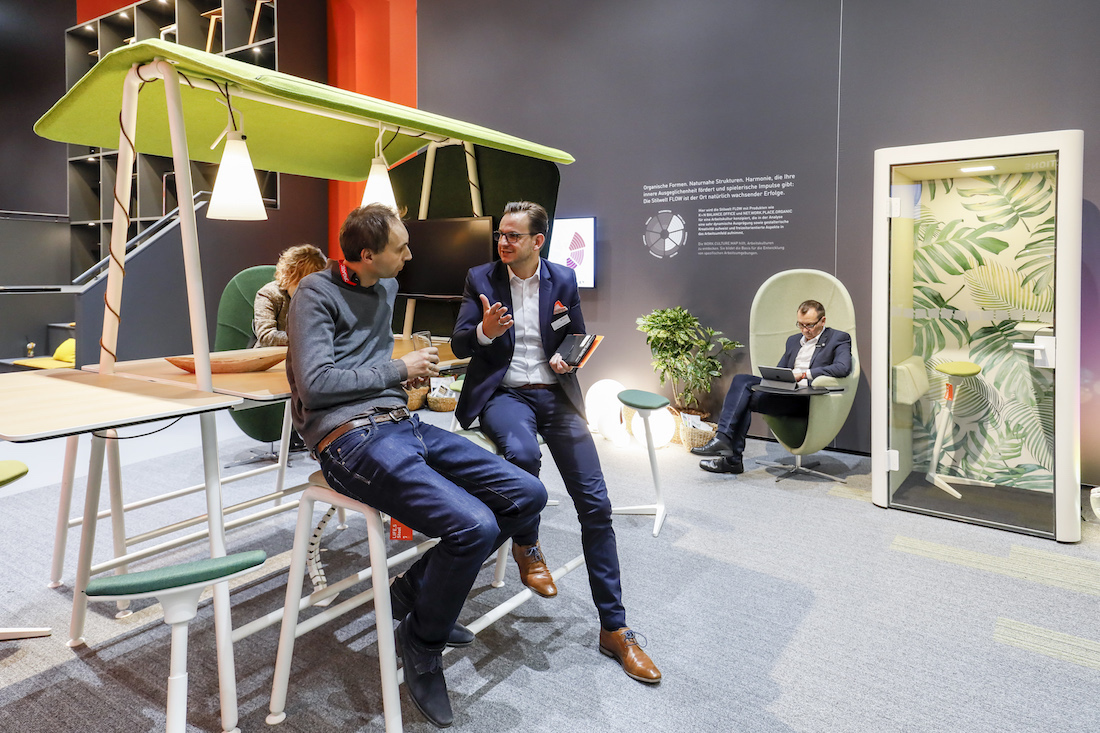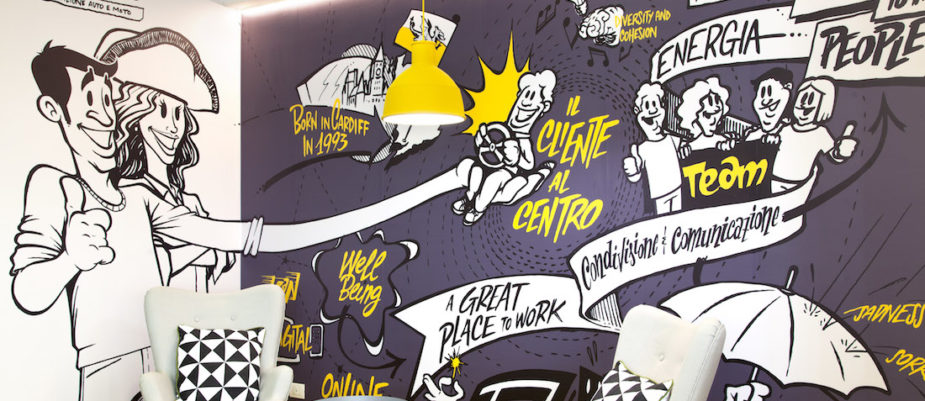
Let’s design a space that sparks creativity without burning out people’s energy! This is the challenge of contemporary design: realize a burnout-free working environment that makes everyone feel engaged, motivated and inspired. An office that prevents emotional exhaustion, a flexible space that everyone can remodel to feel like being home.
“Wellbeing” is a word that has been ranking up in the HR managers’ agenda in the last year, leading to a substantial change in companies’ ways of working, underling the importance of taking care of the emotional and physical conditions of every employee.
That’s why, when the focus is on the wellbeing’s contrary, namely “the burnout syndrome”, it is clear that is the space and the user experience of the people that live it every day is a really crucial matter.
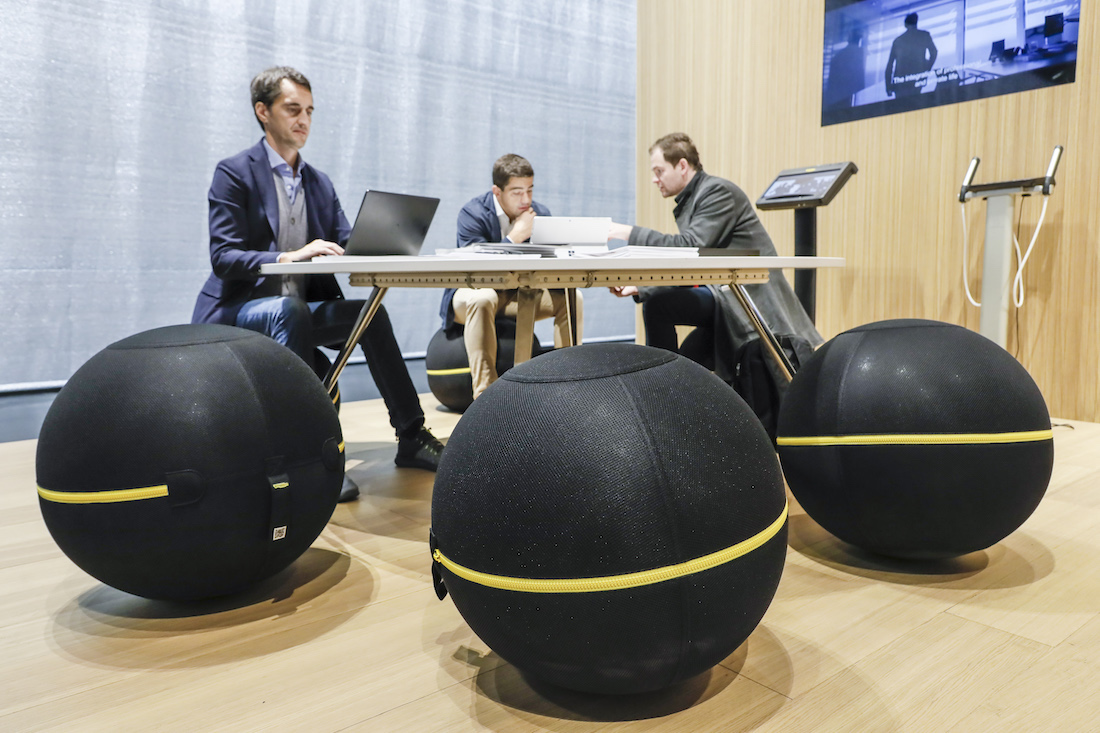
Movement.
If it is true that self-efficacy is the key of resistance against burnout, as we have said in the first of these three articles dedicated to the prevention of the burnout syndrome in the office, we must consider the free and autonomous use of the space.
It is impossible to create standard solutions that meet the needs of everyone, so the first rule is to let space be lived and modified by all these needs.
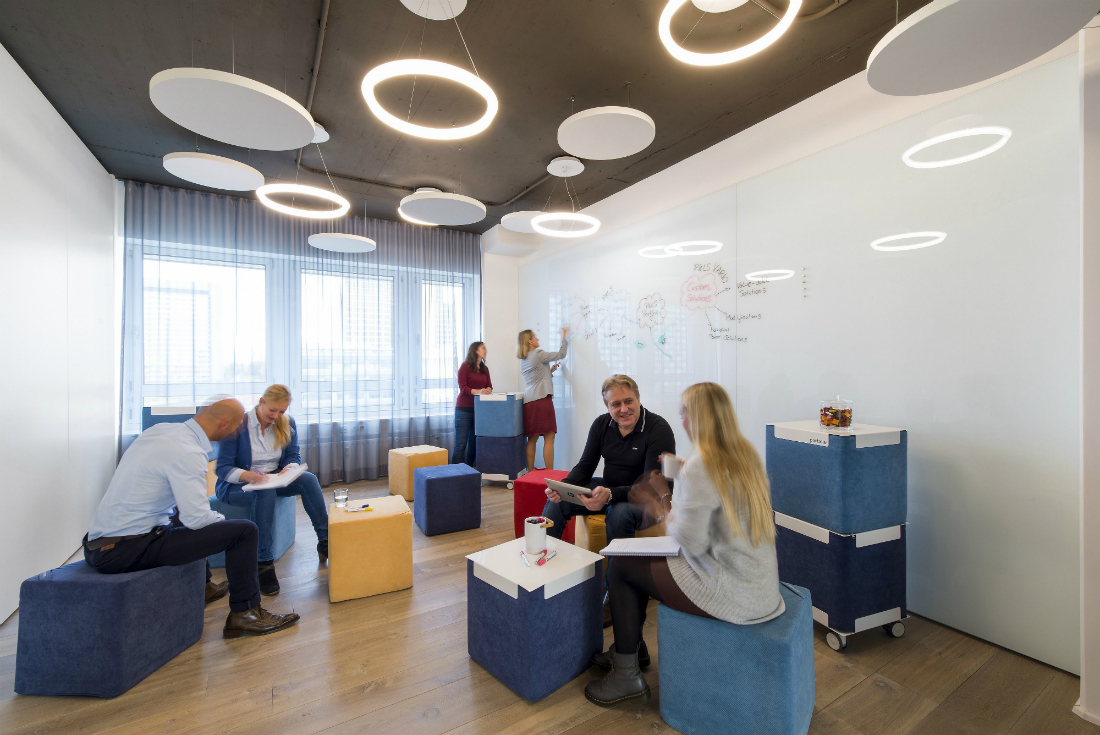
Moreover, there are several solutions to foster “workplace autonomy”. The first one is a co-design approach that involves all the employees, but it is important as well to design a “self-learning workplace”: an environment continuously reshaped and remodeled following changing movement, behavior and ways of working of the everyday life, using the new possibilities given by the IoT.
Finally, sit-stand workstations, a small gym, or also ways of working that foster controlled nomadism inside the office, can be important to promote a responsible behavior that uses the movement of the body as one of the ways towards wellbeing.
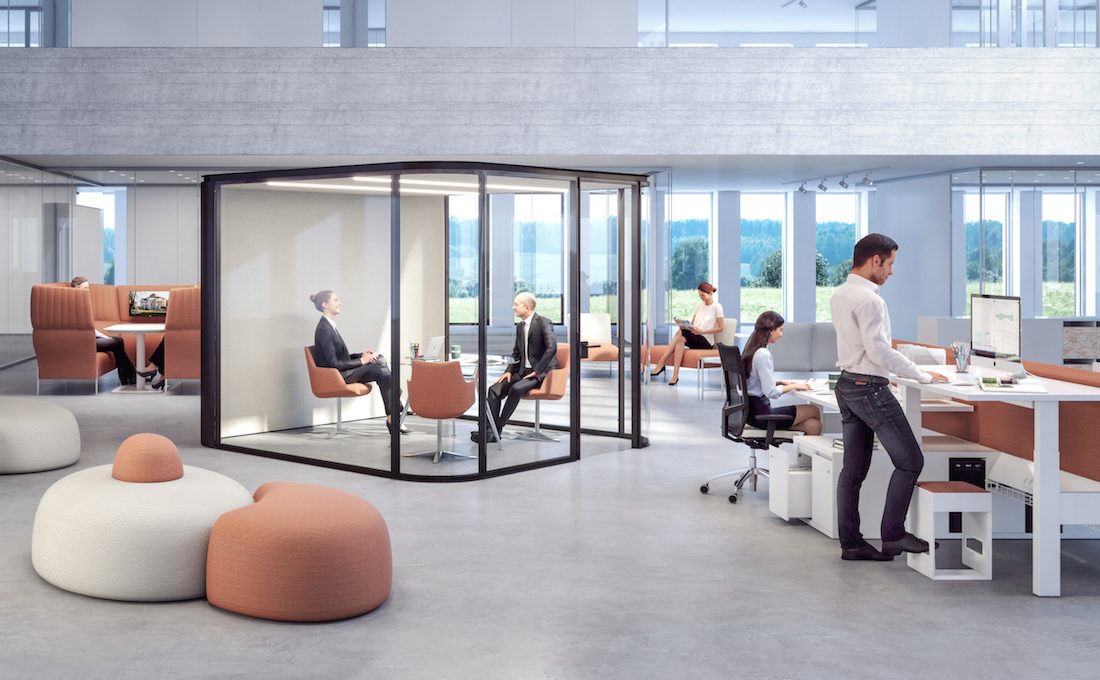
Motivation
In a previous article, we say that good management is the key to prevent office burnout: engagement, work-life balance, the right to disconnection, communication, and transparency are all aspects that a good manager must take into account. Although managers need a space that supports their effort.
While in the beginning, the revolution of the office space came with open space and desk sharing, to embody a more horizontal organization, nowadays Third Space (relax, break and in-between areas, company restaurant) wanted to encourage an informal way of meeting among people like the creative and productive engine of the company.
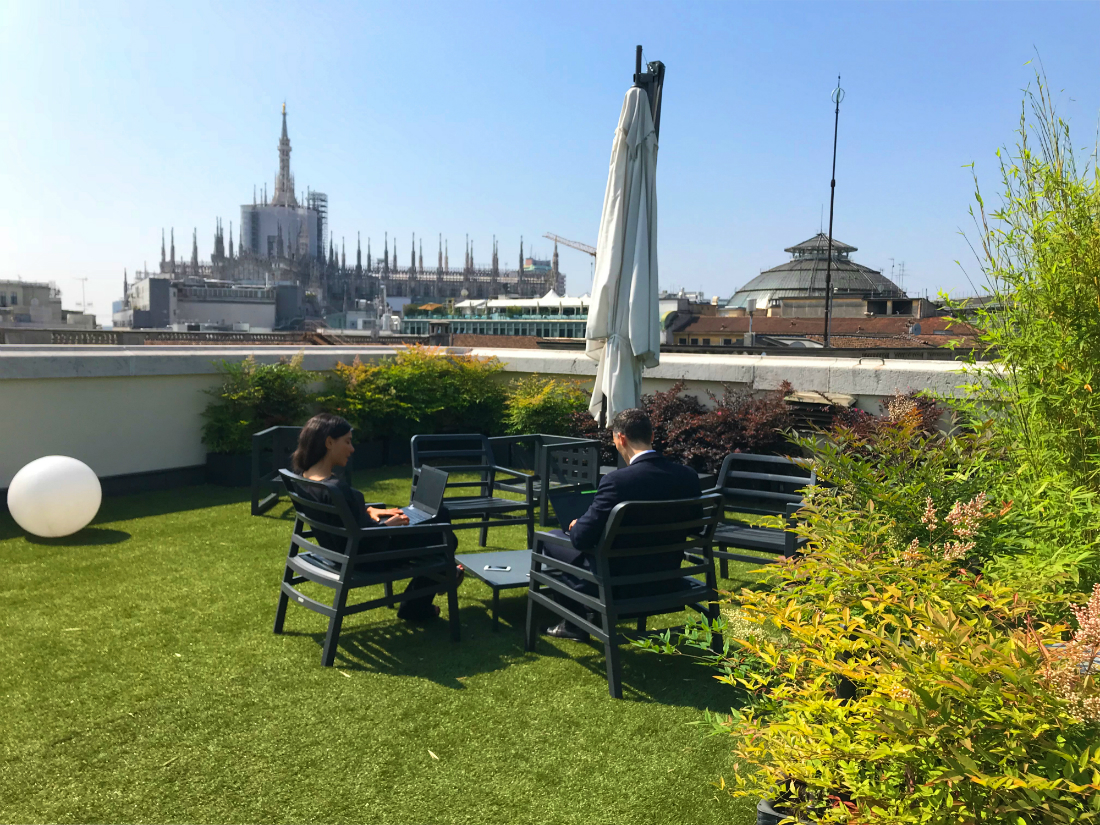
Nowadays the challenge to create an inspiring office: colors, lights, writings and, especially, technology and Internet of Things are the keys to the office experience design.
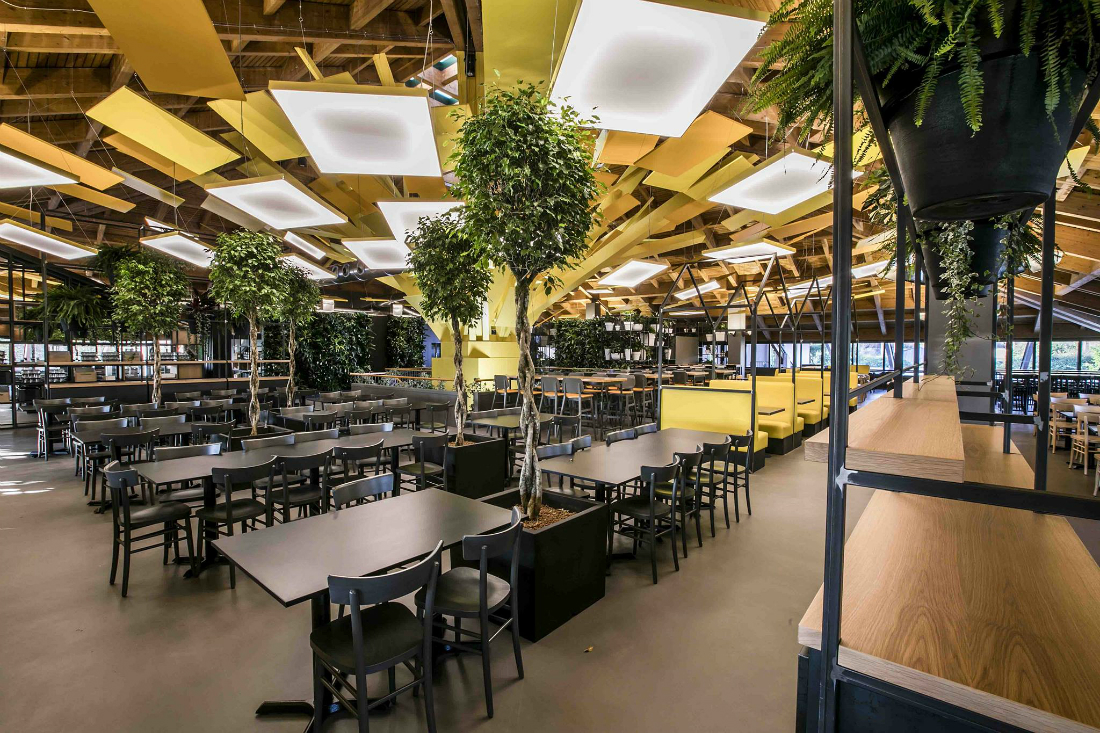
Comfort.
Several academic and private studies have shown how some design solutions are particularly effective in the workplace: here we list some features that a perfect burnout-free office must have:
- A Biophilic design
- A balance between indoor and outdoor spaces.
- The focus on third spaces.
- Acoustic pollution control.
- A good lighting system and the use of natural light.
- Personalized heating and cooling system.
- The focus on good indoor air quality.
Text by Gabriele Masi.
Main Picture, ConTe, Great Place To Work 2017.
